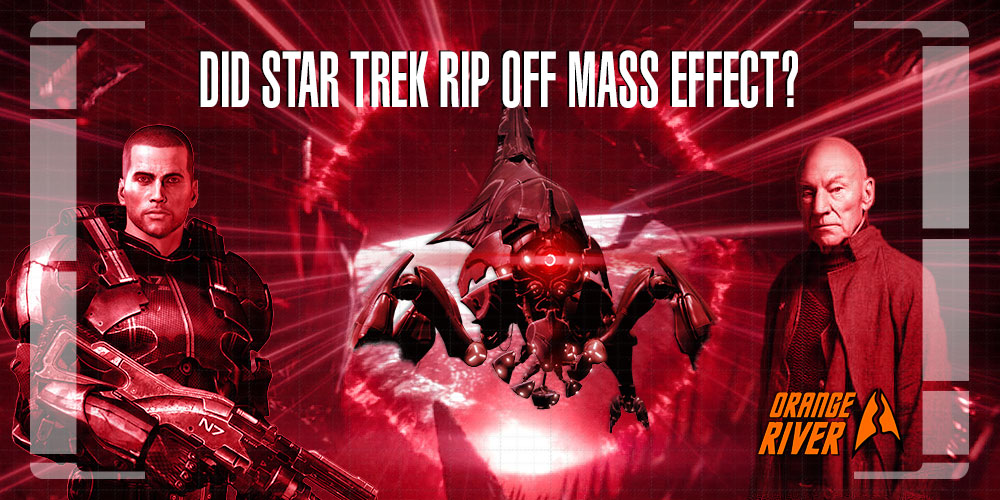Hey guys, Tyler here. Jean-Luc Picard is, naturally, one of the most iconic characters from Star Trek. The captain of the Enterprise-D in The Next Generation, Picard has been a major face of the franchise for decades.
So, it’s understandable that when CBS approached Discovery showrunner Alex Kurtzman about making more Trek shows, Kurtzman wanted to bring back Patrick Stewart in one of his most recognizable roles. The resulting spinoff, Star Trek: Picard, debuted in 2020 to generally favourable reviews from critics but a…mixed reception among audiences.
One charge levied at Picard’s first season was that it “stole” plot elements from the game series Mass Effect. Of particular concern were visual and thematic parallels between ancient prophecies warning against an uprising of synthetic life. Today, I’d like to examine just how similar Picard’s depiction of this trope is to Mass Effect’s. Let’s get started.

Did Star Trek RIP Off Mass Effect?
In season one of Picard, we learn that hundreds of years before the 24th century, Romulans discovered the planet Aia while investigating the mystery of the “Eightfold Stars.” The stars in this octonary system were artificially moved into orbit around each other some two to three hundred thousand years ago by an ancient civilization.
They left an encoded message known as the “Admonition,” which showed racing images of, well, basically the apocalypse—the extinction of organic life at the hands of their synthetic creations. Any organic being who dared to witness the Admonition could be driven to madness, even self-harm, and suicide.
The Romulans mistook this message as a warning by organics against synthetic life, but in fact, the Admonition was a repository of the memories of synthetics that killed their creators. Before departing for another dimension, these synthetics left the Admonition as a beacon for others like them for their “protection.” Should they be summoned, the “alliance of synthetic life” would return to wipe out all organic intelligent beings.
Now, the trope of artificial life rising up and rebelling against its creators certainly isn’t new, by any means. It can be glimpsed as far back as Mary Shelley’s Frankenstein, published in 1818, as Victor ponders whether granting his monster’s wish and making him a wife would lead them to reproduce and overthrow humanity.
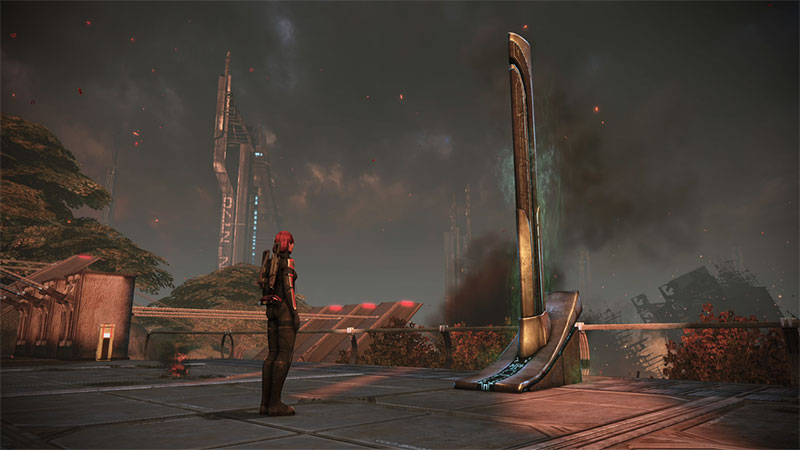
But as I alluded to earlier, some of the specific details surrounding the Admonition are eerily similar to the “prophecy” Commander Shepard witnesses from the Prothean beacon on Eden Prime in the first Mass Effect, which came out in 2007.
In the game, the SSV Normandy is dispatched to Eden Prime to investigate this rare Prothean artefact, whose discovery sends shockwaves through the human Systems Alliance’s scientific community. These beacons constituted a system of near-instantaneous communication throughout the Protheans’ pan-galactic empire.
The beacons were made to interface with a person’s brain rather than through audio or visual means, as the Protheans considered tactile contact to be a more efficient means of sharing information. By accidentally accessing the Eden Prime beacon, Commander Shepard triggers a “vision” warning of the Reapers, a highly advanced machine race.
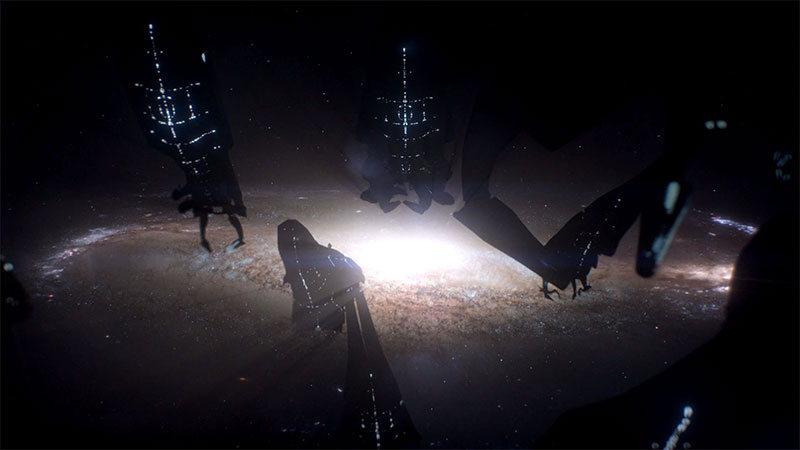
The Reapers
The Reapers reside in dark space, the vast, mostly starless space between galaxies. Hibernating for fifty thousand years at a time, the Reapers wait for intelligent civilizations to arise and develop synthetic life before returning to the galaxy. Upon their return, the Reapers “harvest” sapient life in a repeating cycle of purges called “The Harvest,” which has endured for countless millennia.
The Reapers even created the Citadel and the mass relay network with the express purpose of accelerating intelligent species’ technological development. Both these massive structures were later misattributed to the Protheans, who did, in fact, inhabit the Citadel before it was discovered by the Asari thousands of years later.
We don’t actually learn the whole truth about the Reapers’ origins until Mass Effect 3 with the 2012 DLC Leviathan. This DLC reveals that the Reapers arose nearly a billion years ago when the galaxy was ruled by an aquatic race called the Leviathans. The Leviathans created an artificial intelligence that eventually turned on them and slaughtered most of their kind, going on to create the first true Reaper, Harbinger.
Harbinger’s form, which resembled the Leviathans themselves, became a template for subsequent Reapers that harvested the galaxy’s races in cyclical purges over millions of years.
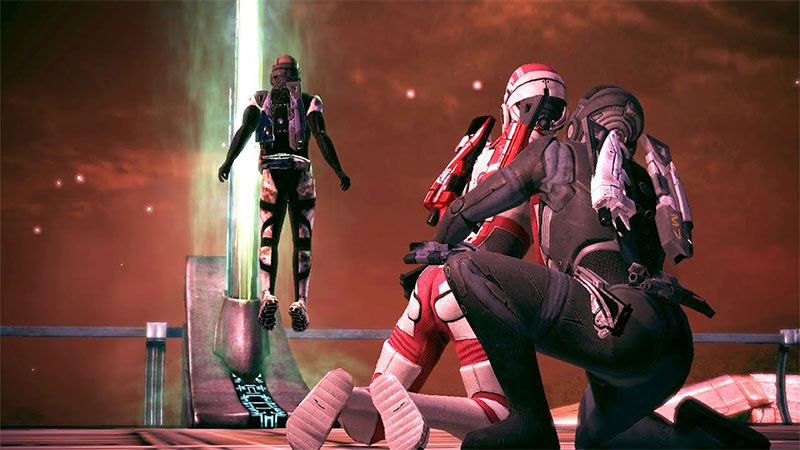
After accessing the Prothean beacon in Mass Effect 1, though, all we can gather of the Reapers’ “plan” is a series of jumbled, random yet vivid images. The shock causes an initial fifteen hours of unconsciousness and leaves Shepard with recurring nightmares.
Comprehending the message as it is meant to be seen requires the Cipher, which enables both Shepard and the rogue Spectre Saren Arterius to make sense of the visions.
The message from the beacon is, indeed, only meant for Prothean minds, who have the biological suitability and cultural context necessary to fully appreciate the message’s contents. In fact, the Eden Prime beacon is badly damaged, reportedly in the attack on the colony by the Reaper Sovereign.
Not only does the beacon fail to warn Shepard when they approach it, but the damage leaves the message incomplete.
The beacon also explodes from a systems overload. Later, Liara T’Soni comments that Shepard must be exceptionally strong-willed, which leaves Liara exhausted after mind-melding with Shepard due to the intensity of interfacing with the beacon.
Nevertheless, both Saren and Shepard are able to use the Cipher to finally understand the message. The Cipher is transferred directly into Shepard’s mind by another Asari, Shiala, a former employee of Saren’s, on the planet Feros.
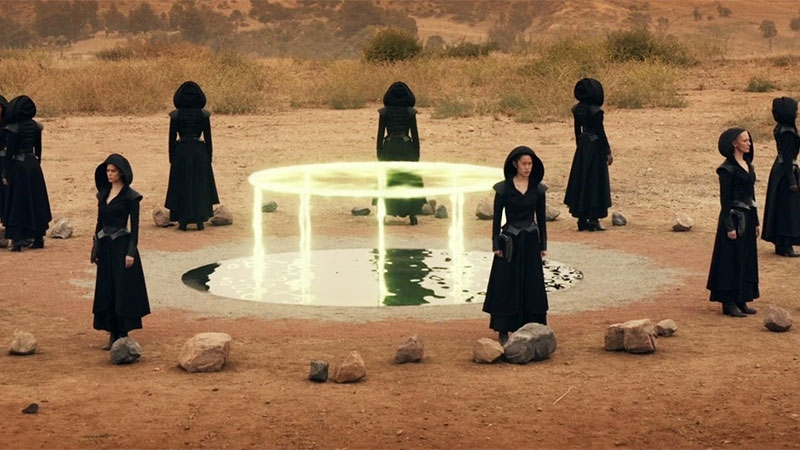
Simular but NOT
Likewise, in Star Trek: Picard, the Admonition is in fact meant only for synthetic minds. This is one reason most organic beings who try to observe it go mad.
However, we see at least three individuals access the Admonition without literally killing themselves: Narissa, a Tal Shiar colonel, General Oh, a Romulan agent posing as the head of Starfleet Security, and Dr Agnes Jurati, who helps Picard and co.
figure out the mystery of the ancient synthetics. Of course, Oh passes the Admonition to Jurati through a mind meld, rather than Jurati visiting Aia herself. But the dynamic of both an antagonist and member of the “hero” crew witnessing this prophecy is, admittedly, quite similar to the dynamic of Saren and Shepard in ME1.
Additionally, Oh and Saren both embrace the respective prophecies, coming away with delusions regarding their intended purpose. And finally, it is only after mind-melding with another intelligent being, the android Sutra on the planet Coppelius, that Jurati is able to fully make sense of the Admonition.
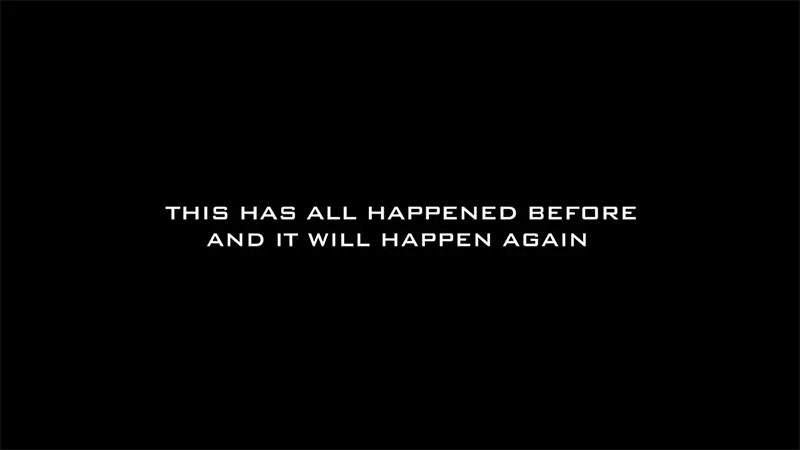
So, did Star Trek: Picard rip off Mass Effect?
Well, overall, I’m going to say no…at least if we go by the strictest definition of “rip-off.” Yes, there are lots of similarities between the plot of Picard season one and the first Mass Effect game. Both prophecies were left on an abandoned planet by an ancient civilization.
Both depicted the extinction of intelligent organic life at the hands of synthetics. Both were intercepted by both an antagonist and a member of the “hero” team, albeit as a jumbled mess in the case of Saren, Shepard, and Jurati until each melded with someone who could provide a “cypher.”
And both franchises’ lore, much like Battlestar Galactica, incorporates cycles of creation and destruction and wars between organic and synthetic life. Indeed, as I mentioned earlier, even the Admonition itself—as presented to the audience—undoubtedly pulled some visual inspiration from Shepard’s vision in ME1.
However, there are some important differences. As I said, the Admonition was in fact created by synthetics to offer their future brethren a lifeline to end their oppression by organics. General Oh even took it upon herself to destroy the synths on Coppelius, who planned to contact the synthetic alliance and initiate a galactic “purge.”
The Protheans, on the other hand, left their message explicitly to warn other organics—similar to what the Romulans thought was communicated by the Admonition. And again, the method by which all these individuals obtain knowledge of the respective prophecies is different.
Is this perhaps skirting the line between “ripping off” other media versus “paying homage?” To that question, I would answer, absolutely. But as I have hopefully demonstrated today, none of these franchises invented the general concept of robot uprisings or ancient prophecies. And as far as the specific details, well, as they say, good artists copy, but great artists steal. That is to say, everything’s a remix.
Even Mass Effect itself borrows heavily—both in terms of lore and aesthetics—from other sci-fi media, including Star Wars, Blade Runner, and Final Fantasy: The Spirits Within. In fact, I have a video on my channel cataloguing Star Trek references in Mass Effect, which I encourage you to check out.
If you want to support my work even further, becoming a patron at patreon.com/orangeriver is a great way to do so.
Watch The Latest Video By Orange River Media Below
There’s nothing wrong with pointing out the similarities between all these franchises, and I do think there are other valid criticisms of the writing in season one of Picard, but I’m not going to get into that today.
In the meantime, thank you all so much for watching. I know that the topic of this video isn’t exactly new news, but I did want to offer my thoughts on it. If you enjoyed this video, be sure to leave a thumbs up down below and don’t forget to share it.
That’s all I have for this week…live long and prosper…
You can find Orange River Media at the links below
- YouTube: https://www.youtube.com/orangeriver
- Twitter: https://www.twitter.com/orangerivernw
- Instagram: https://www.instagram.com/orangeriver.nw
- Facebook: https://www.facebook.com/orangerivernw
- Patreon: https://www.patreon.com/orangeriver

